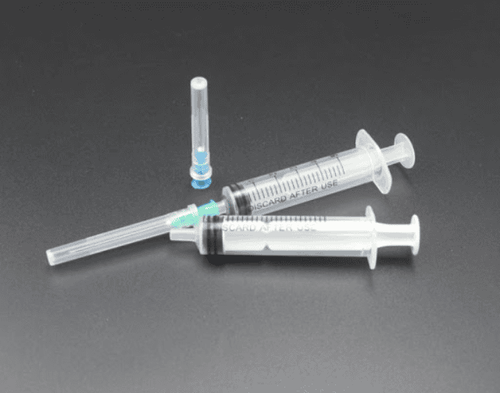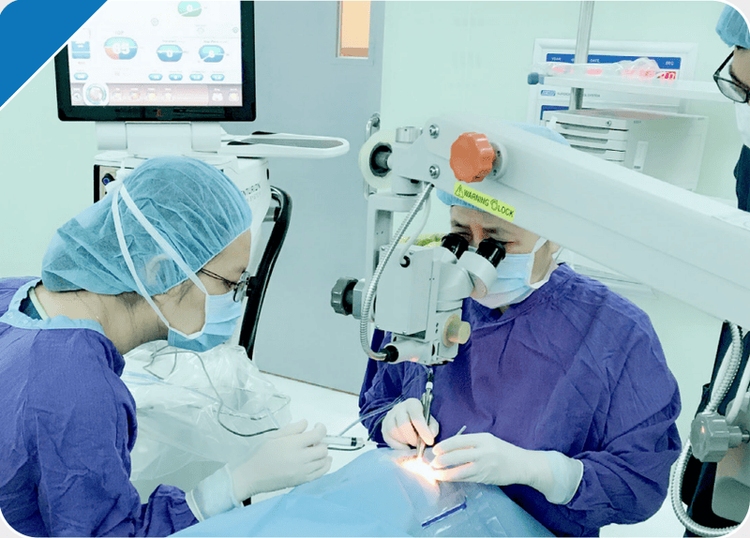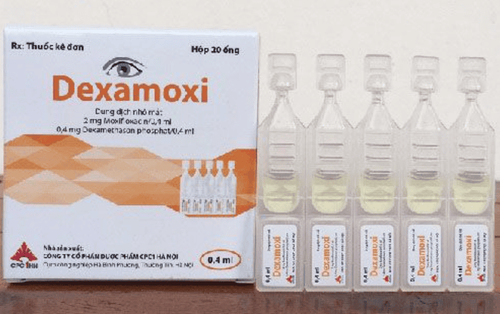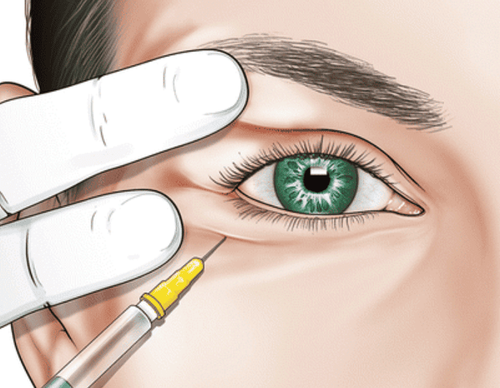This is an automatically translated article.
The article was professionally consulted by an Anesthesiologist - General Surgery Department - Vinmec Nha Trang International General Hospital.Ophthalmic surgery is a form of surgery that requires absolute precision. For a successful eye surgery, there needs to be careful preparation and professional manipulation right from the anesthetic stage.
1. Anesthesia in ophthalmic surgery
The most common form of anesthesia used in eye surgery is endotracheal anesthesia. This is a method to help control breathing effectively, often applied to emergency, complicated and prolonged surgery, but intubation also has side effects such as glaucoma, increased pulse, increased blood pressure. pressure, sore throat, painful swallowing, hoarseness. Therefore, there is now a method of laryngeal mask anesthesia to help avoid the above-mentioned complications and is widely applied in ophthalmic surgery.However, compared with anesthesia, the anesthetic method is considered superior and occupies an important position in the anesthetic methods in ophthalmic surgery.
2. Prepare before anesthesia for eye surgery
Before anesthesia for eye surgery, patients need to be examined, consulted and prepared in advance for the following issues:General assessment of the heart, lungs, kidneys, liver, nerves and endocrine system

Bệnh nhân cần xét nghiệm đánh giá tổng quát trước khi tiến hành phẫu thuật
In ophthalmological surgery, there are typical anesthetic techniques such as: post-ocular anesthesia, paraspherical anesthesia, anaesthesia. subtenonous anesthesia, local anesthesia...Each method has its own advantages and disadvantages, suitable for each type of surgery and different patients.
Purpose of anesthesia: numb the conjunctiva and eyeball, immobilize the eyeball, stabilize the eye pressure.
Patient position: put the patient in supine position, keep the head fixed on the pillow in the middle of the surgical field so that the anesthesia can be easily manipulated.
Equipment and medicine:
5ml syringe. Local anesthetic Lidocaine 2% 3-5ml, can add hyaluronidase 75UI/ml. Antiseptic (Betadine 5%)
3. Post-ocular anesthesia technique
Post-ocular anesthesia is a technique that uses a needle to poke through the skin or through the same lower body, through the bottom of the eyeball to deliver numbing medicine to the muscle cone behind the eyeball.
Gây tê hậu nhãn cầu là kỹ thuật dùng kim tiêm đưa thuốc tê vào chóp cơ phía sau nhãn cầu
Carry out disinfection of the upper eyelid, lower eyelid and around the eye. Locate the needle puncture: the junction between the external 1⁄3 and the 2⁄3 medial inferior border of the orbit. Point the needle close to the eyeball, combined with observing the movement of the eyeball. Determine if the needle touches or punctures the eyeball to correct the injection direction. Once the needle is in the correct position (2.5-3.5cm), gently inject the medication behind the eyeball. Place the pressure ball on top to help the anesthetic diffuse, reduce intraocular pressure, and edema in the eye. Remove the balloon and check the movement of the eyelids and eyeballs. Apply antiseptic and antiseptic to the skin around the eyes to prepare for surgery. Post-ocular anesthesia technique in ophthalmic surgery has the following advantages and disadvantages:
Advantages: small drug volume, fast effect. Post-ocular anesthesia takes about 5-7 minutes to take effect, and the effect time is about 1-2 hours. Cons: little loss of movement, little numbness of the conjunctiva. Some cases can cause complications such as needle puncture of the eyeball (eyeball perforation), hematoma, ophthalmoplegia, central retinal artery spasm, conjunctival edema, extraocular muscle atrophy, and temporary loss of vision. time . Therefore, this method of anesthesia is now less and less used.

Gây tê hậu nhãn cầu có thể gây ra nhiều tác dụng phụ nên đang được hạn chế sử dụng
4. Side-bridge anesthesia procedure
Paraspherical anesthesia is a form of anesthesia around the eyeball through the upper or lower orbit.Disinfect the upper eyelid, lower eyelid and around the eye. Determine the needle puncture site: Anesthetize the inferior spherical edge: Insert the needle close to the lower edge of the orbit, directing the needle to the back of the eyeball. Lightly suck to see if it is wrongly stabbed into a blood vessel. Superior paraspherical anesthesia: Insert the needle close to the upper edge of the orbit, toward the back of the eyeball. Once the needle is in the correct position, gently inject the medication behind the eyeball. Observe if the eye feels full and appears droopy, which is a good sign of paraspherical anesthesia. Place the pressure ball on top to help the anesthetic spread, reduce pressure, and edema in the eye. Remove the balloon and check the movement of the eyelids and eyeballs. An immobilized eye and a slightly dilated pupil are indicative of good paraspherical anesthesia technique. Apply antiseptic and antiseptic to the skin around the eyes to prepare for surgery. The advantages and disadvantages of paraspherical anesthesia in ophthalmic surgery are as follows:
Advantages: simple technique, good anesthetic effect, easy to perform, low cost, less complication rate than general anesthesia. posterior ocular numbness. Cons: unfortunate cases can be injected into the wrong blood vessels or eyeballs, glaucoma, more painful than subtenonal anesthesia.

Gây tê cạnh nhãn cầu dễ thực hiện và có tỷ lệ biến chứng ít
If you are experiencing vision problems, go to a medical facility immediately to be examined and treated by doctors as soon as possible. Currently, Vinmec International General Hospital has vision-related service packages such as:
Refractive error screening package Cataract surgery consultation and examination package Ortho-K package
Please dial HOTLINE for more information or register for an appointment HERE. Download MyVinmec app to make appointments faster and to manage your bookings easily.













